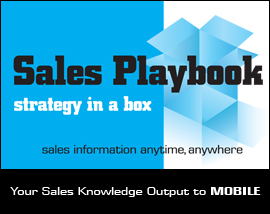Competition = Motivation

When it comes to sales teams businesses usually find their’s falling into one of two categories: companies who have their sales force strategy set, but whose adoption is mediocre or companies who claim that their sales force strategy adoption is ace but are missing critical components that could propel them further.
Whichever category you find yourself (or your business) falling under, it’s important to note that it all comes back to your team; the people doing your selling and making your money. As a business owner, manager etc. you have to oversee the sales team, ensuring there is trace of their activity. Once you garner the critical metrics and you monitor them for a period of time, you can more easily determine the important things going on in the company and how to properly motivate your team in that direction.
You’re probably thinking what is exactly meant by “critical metrics.” These can really be anything (i.e. if I can get to the first time or face-to-face meeting stage in the sales process then I know I can win opportunities more consistently), and once determined, should be closely measured/monitored as well as encouraged by those overseeing the team.
A method we find very effective to generating spikes in activity around critical metrics is creating social competition around them. Having your team socialize their performance (i.e. transparently discuss it to determine where team members are succeeding/failing), creates fire in those individuals who find themselves falling in the middle of the sales pact.
Using competition to motivate performance is definitely not a new tactic (hello, the classic leaders bored seen in so many sale environments), but with certain programs now available that automate things like leaderboards, now more than ever it’s easy to introduce competition. It’s also important to note that though reward/incentive is important, making it more about the actual competition has proven to be more effective when trying to motivate.
At the end of the day it is up to the sales managers to drive significant performance. They need to know their team’s strengths/weaknesses, determine those critical metrics and encourage those behaviours through tactics like competition. If you can successfully motivate spikes in those behaviours, spikes in sales should follow.


